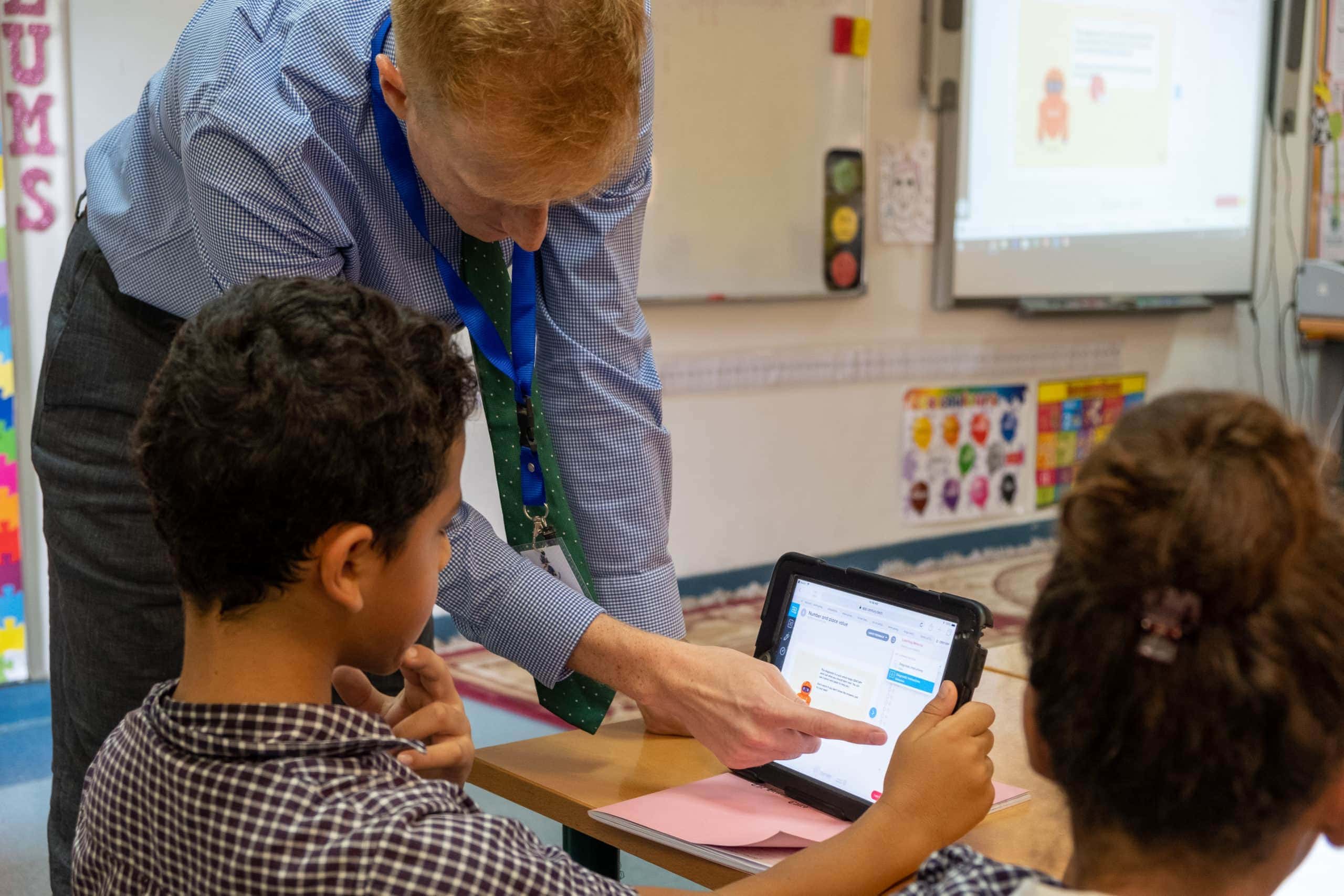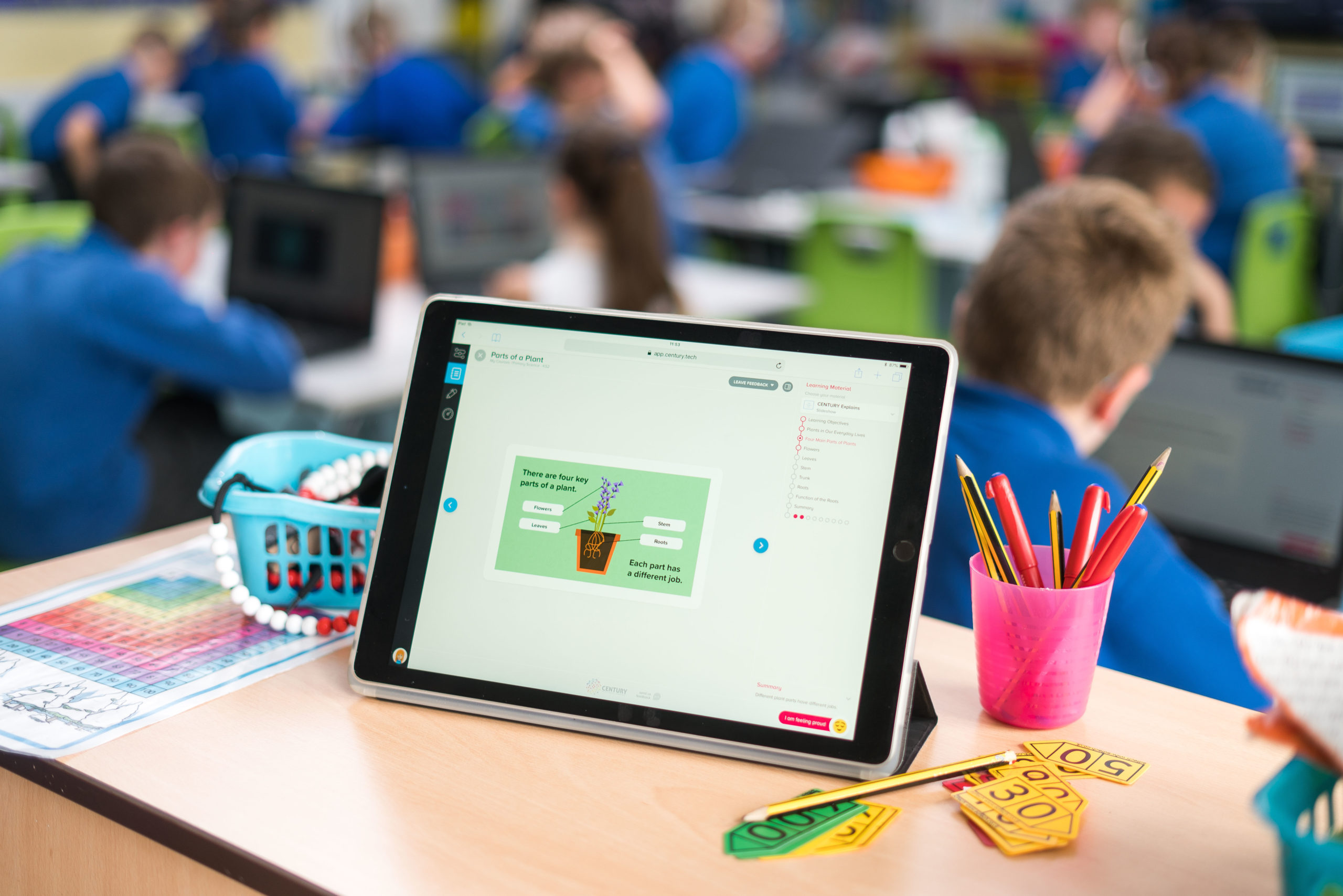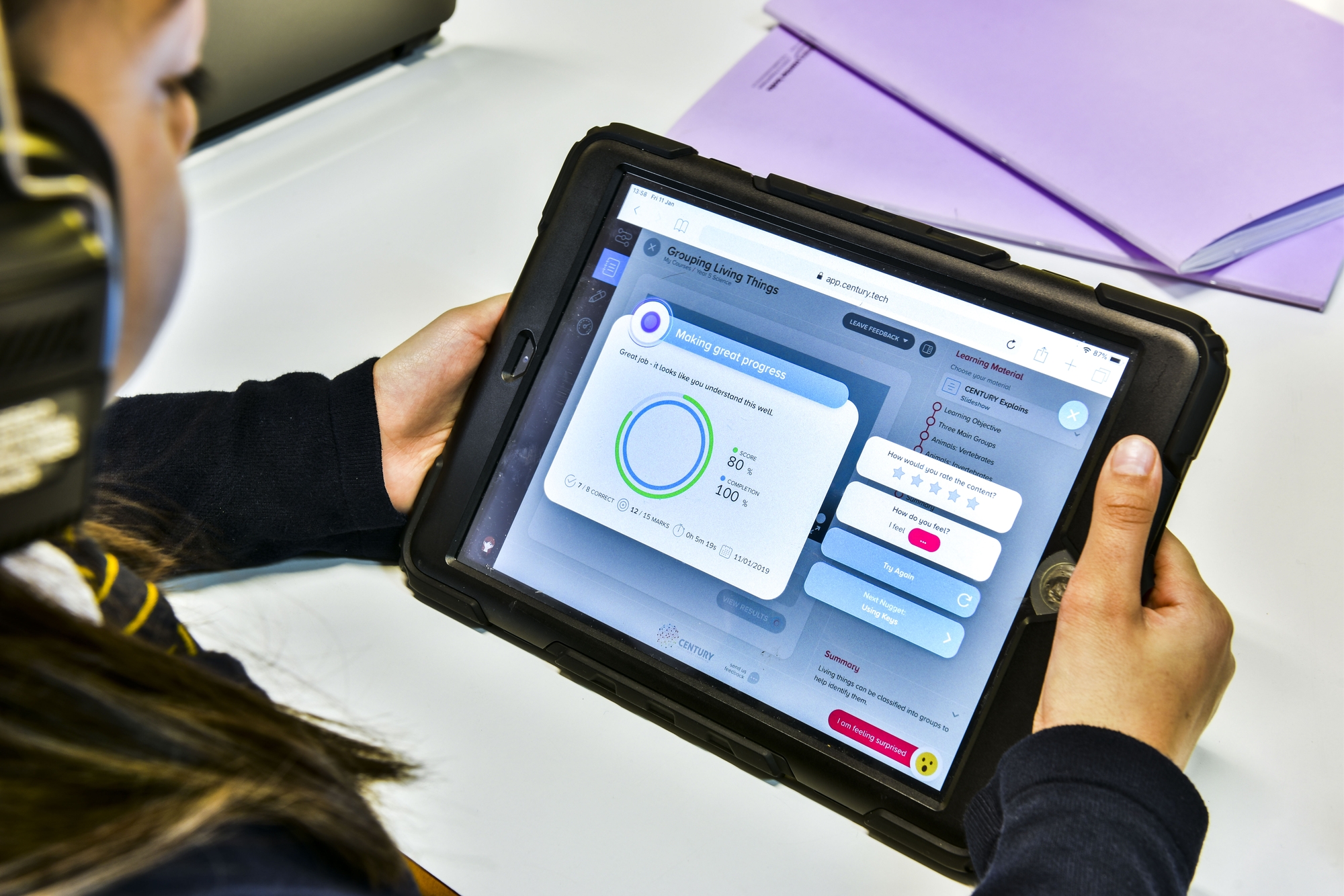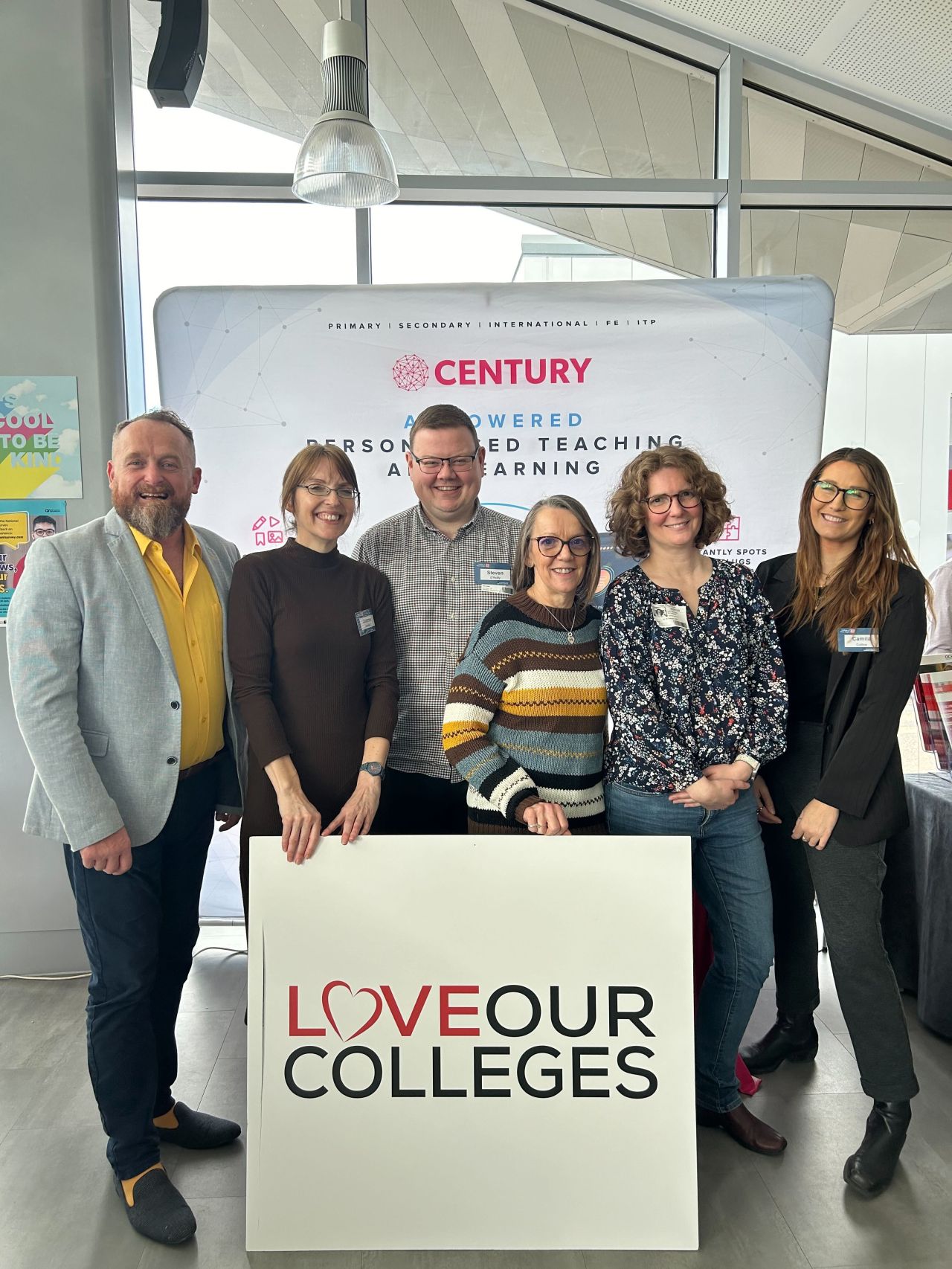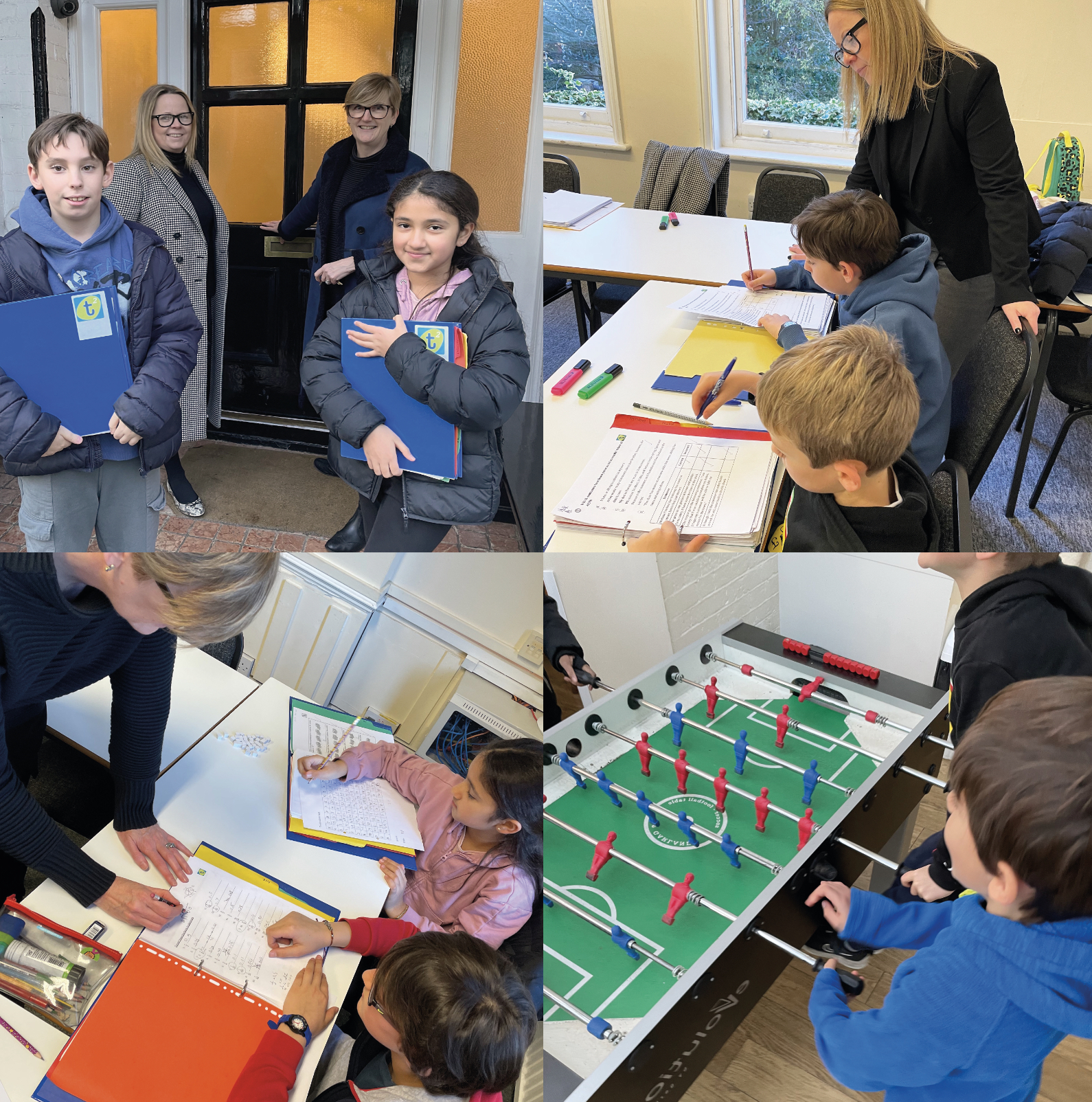Estimated reading time: 8 minutes
At a recent BSME webinar, our Director of International Charles Wood had the opportunity to hear from Linda Parsons, who is leading the digital strategy across The Al Futtaim Education Foundation's schools. The foundation runs Deira International School and Universal American School, both situated in Dubai.
I joined Deira International School as a science teacher in 2017, and because I’ve always been really passionate about the use of technology in education, I later took on an additional role as the school’s Digital Lead. About a year after I first started working at the school, we started to think about creating a digital strategy.
The driving force behind that was that although we were a school that welcomed technology, we realised that we weren’t doing so in the most effective way. We wanted to develop a digital strategy that would put children at the heart of innovative practice, rather than grabbing the next new piece of technology just because it's new and people are talking about it.
I thought about my pupils, from Year 7 through to Year 12, who were using 87 different platforms in total at that time. Each piece of software did something very slightly different, but about a third of them were essentially duplicates of another platform that we had. It became clear that we didn't really have a clear vision of what exactly it was that we wanted technology to do for our children.
So we ended up getting all of our stakeholders together to establish one clear vision, which was essentially our digital vision for the school, that aimed to equip every child with the skills they will need to become responsible adults in a global context. That wasn’t easy – it required disruptive change to our stakeholders’ thinking and to the way that we looked at teaching and learning.
We had to change how teachers viewed their role. We had to say, “rather than thinking of yourself as the person who is the expert in the room, think of yourself as the person who is facilitating the learning that takes place. You’re the person who's going to develop your students’ ability to be researchers, to be scientists, to be artists and so on, by using the technology that's available to you to develop their independent learning skills and facilitate learning anytime and anywhere”.
We didn't only involve teachers and students in the school’s digital transformation; to achieve an effective blended learning experience that extends beyond the school and into the home, we had to have transparency with all of the key stakeholders. We talked to everyone who works in IT, administration and the executive leadership team, and the students’ parents. We trained all of those people up so that they could have a voice in the digital transformation of classrooms and knew how to support students outside of them.
It’s because of all of our stakeholders’ support that we were able to create a digital ecosystem where instead of using 87 different pieces of software, every child is only using about four or five platforms, so that they can see their continuum of learning both throughout their time at the school from Year 7 to Year 11 and outside of the classroom on a daily basis, which is really important. It means that when the children go home, they are able to easily show their parents what they did that day, and those parents are able to have a look and support their child. Those kinds of learning conversations are made possible by using platforms like CENTURY because you can see the child’s learning journey right there on the screen, and it's so transparent for students and the parents.
It also allows us to do things like celebrate achievements in a more varied way. For example, instead of just celebrating a student’s grade, you can identify and reward students who have spent a lot of time going over and over certain content because CENTURY shows you that information. In other words, it allows you to reward tenacity and resilience, and it’s really important to celebrate those soft skills as well.
We made sure every part of our digital strategy, from spreading awareness to training staff, was backed by data. To take the edtech products we chose as an example, we could show objectively that CENTURY has a positive impact on students because before we used it, we were at a certain stage in student progression, and once we had been using it for a while, our baselines went up. It's very important to use that data to keep going back and seeing how each part of your digital strategy is progressing.
How did CENTURY align with the school’s digital vision?
We wanted to seamlessly integrate technology in all of our classrooms, and to do that, we needed to use software that had been specifically chosen to align with our goals.
For example, school leaders want teachers to know their children inside out, to be able to say what each child’s target is off the top of their head, and to be able to say how they’re progressing. They also want each and every child to be able to repeat that information back to them. Realistically, if a teacher has over 150 students across seven year groups, and also teaches at least two syllabuses, that very quickly becomes a daunting amount of data, and therefore a daunting amount of work.
It also ends up with classes that are data oriented for the wrong reasons. They’re data orientated because children want to know whether they’re working at a Level 4 or Level 5 and because the teacher is worried that they're not going to be able to show progress throughout a lesson and are going to get a bad grade in their observation as a result.
That is using data as the end point, but what we wanted to be doing was using data as a starting point for conversations. So I wanted to be able to go up to any of the students in the picture above and say, “okay, I can see that you’re stuck on A, but you can get to point B by working through this learning path”, and that might be totally different to what I’d say to the student sat next to them. I wanted to be able to tell them which of their friends could help them with what topics, and what they could help others with. That's the kind of conversation that we were striving for in our lessons.
We really like CENTURY because it gives that real-time feedback to students. It’s transparent in terms of showing them what their misconceptions are, and it also provides transparent insights to teachers and leadership teams. It automates marking and data management to show how child X is doing, but also to inform you of the bigger picture, for example how an entire year group is doing across the board. That's the kind of data that can be used to support teachers so that they are able to have those meaningful conversations without burning themselves out.
Three years after starting our digital transformation, we were nominated for the 2021 International School Awards. Because of our use of technology, because of the additional classrooms we created, because of the data we collected and because we were able to show that our students consequently progressed faster than they otherwise would have done, we won the Digital Technology award.
The AFEF (Al Futtaim Education Foundation), where I now work, wants to continue on this AI-powered trajectory because platforms like CENTURY have proven to be integral to our long-term development. We can see that there is so much that can be done to support students by using AI.
Learn more about how CENTURY is helping international schools to enhance their teaching and learning.
